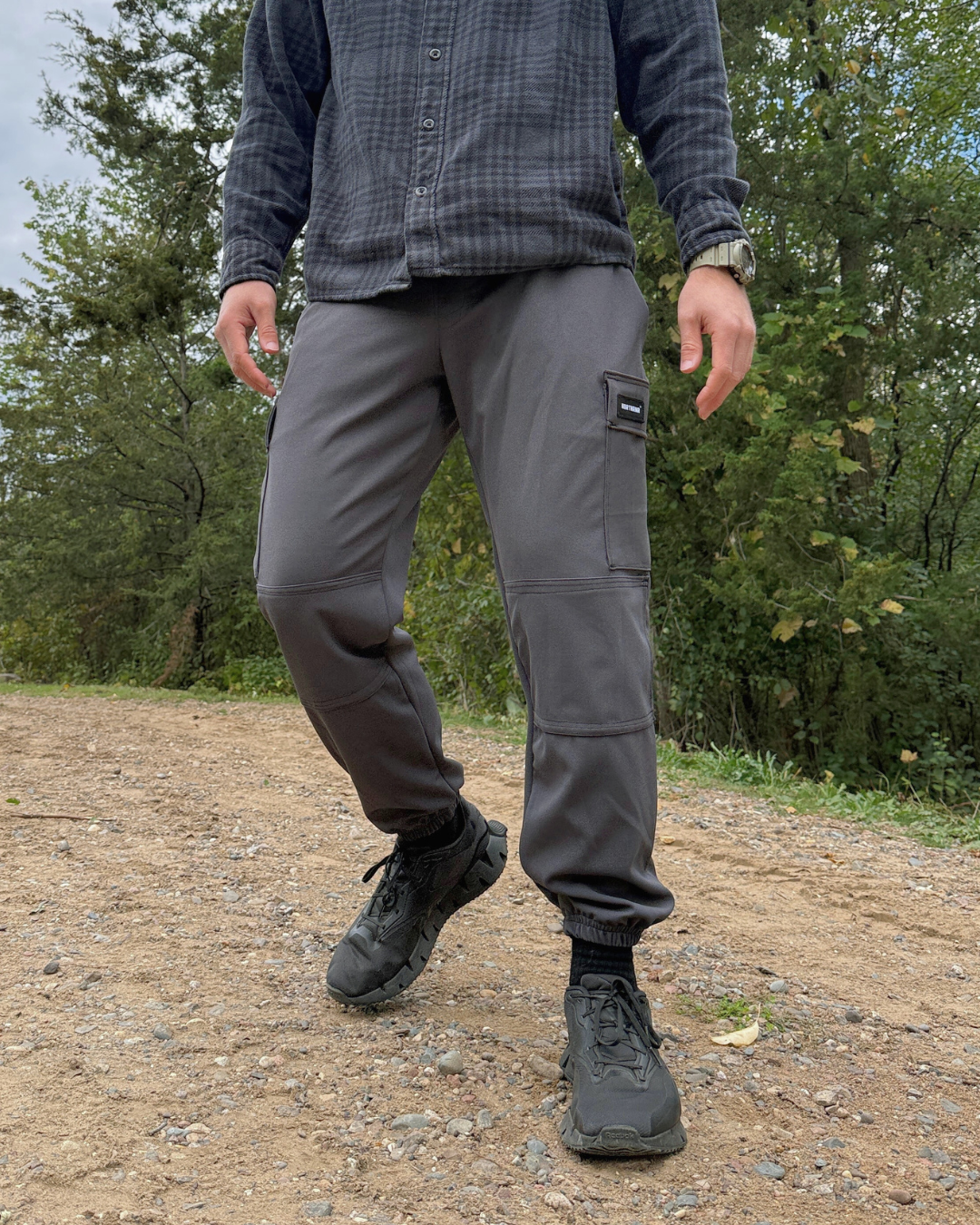FIRST TIME CUSTOMER?
Well, here’s a little mystery discount code just for you (:
+ the most recent updates

Version 1.5 — October 26, 2025
Crotch Pocket Upgrade
Pocket construction upgraded from 2 layers to 3 overlocked fabric layers — improving comfort, durability, and coverage.

In the grand tapestry of human history, fabrics have evolved to meet changing needs, tastes, and technologies. Felt, one of the oldest known textiles, dates back to nomadic cultures in Central Asia as early as the 7th century BCE, while linen spun from flax fibers was being used as far back as 36,000 years ago. Cotton was cultivated and woven into cloth by 5,000 BC in India and Egypt, while silk first appeared in China’s Neolithic period, shaping trade routes that would later become the Silk Road. These natural fibers were prized not just for their function, but for their cultural value — fabric has always been more than material; it’s history, identity, and craft woven together.
Today, most people don’t think twice about fabric when they buy clothing — but it makes all the difference. A shirt made from cheap, low-quality material might look good on the rack, but it often pills, shrinks, fades, or loses its shape after just a few washes. In contrast, high-quality fabrics are designed to last, offering comfort, durability, and a better overall experience.
Using good fabric means:
Longevity – Clothes that don’t fall apart after a season.
Sustainability – Stronger, long-lasting materials reduce waste and the need to constantly replace garments.
Value – While quality fabric might cost more upfront, it saves money over time because it doesn’t need to be replaced as often.
The difference between good fabric and cheap fabric comes down to construction, comfort, and lifespan. Good fabric is strong, tightly woven or knit for durability. It’s made from natural or responsibly engineered fibers like cotton, wool, or high-grade synthetics such as Tencel. These fabrics hold their color well, often getting softer and more comfortable as they age.
Cheap fabric, on the other hand, is usually made from low-grade polyester blends derived from petrochemicals. It may look fine at first, but it quickly fades, pills, or becomes rough after a few washes. Instead of being breathable, it often traps heat and moisture, making it less comfortable over time. And while it costs less upfront, cheap fabric usually ends up costing more in the long run because the clothes need to be replaced so often.
In short: cheap fabric is made to sell fast, while good fabric is made to last.
When you choose clothing, you’re not just picking a style — you’re choosing how it feels, how long it lasts, and even how it impacts the planet. The history of fabric reminds us that textiles have always carried meaning, and today that meaning is found in quality, sustainability, and care.
At Northrnr, we believe every piece of clothing should be built on that foundation. That’s why we source and sew with fabrics that are durable, breathable, and timeless.
You scrolled through our whole site—thank you! Here’s a little surprise, use this discount code at checkout: 94828492124